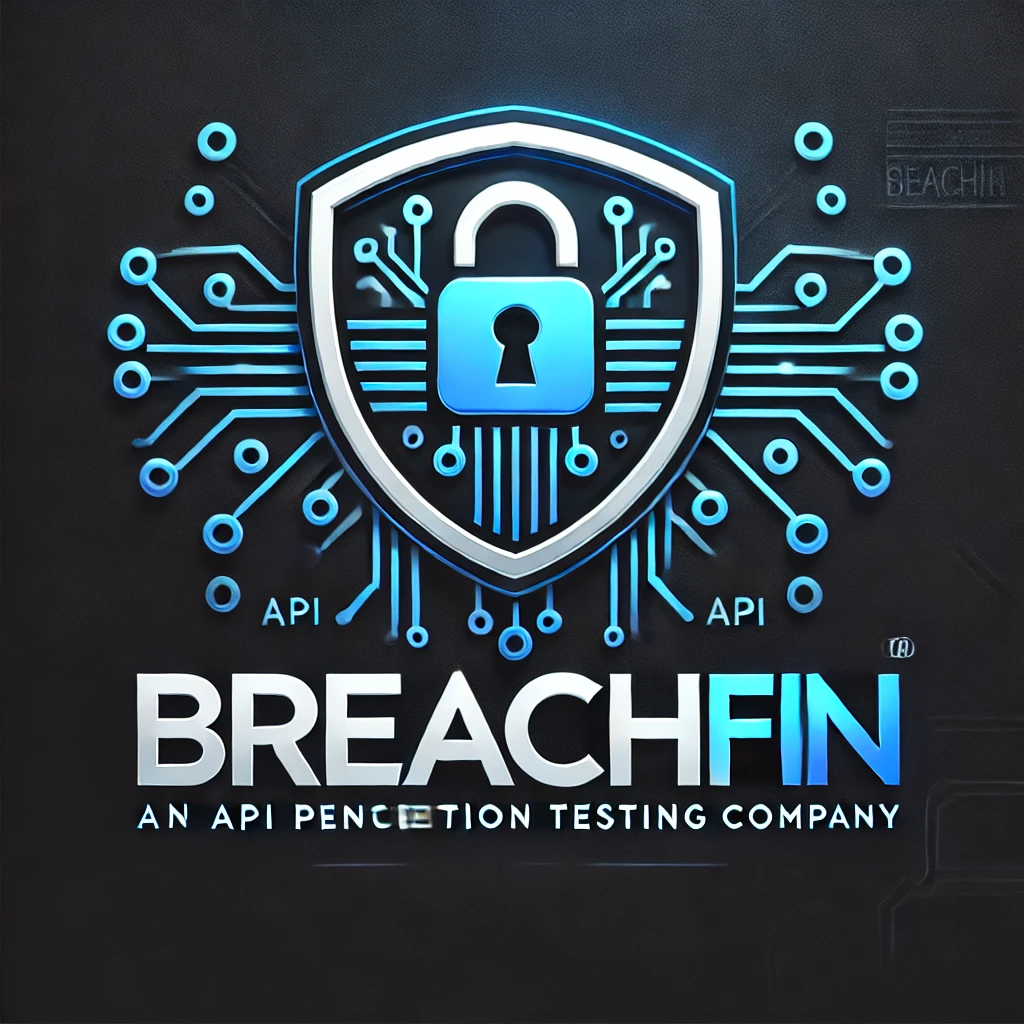As cyber threats become more advanced, organizations need robust tools to identify, mitigate, and prevent attacks. The MITRE ATT&CK framework has emerged as a critical resource for cybersecurity professionals, offering a comprehensive repository of knowledge about adversary tactics, techniques, and procedures (TTPs). This blog explores what the MITRE ATT&CK framework is, its structure, and how it can be used to enhance your organization’s cybersecurity posture.
What Is the MITRE ATT&CK Framework?
The MITRE ATT&CK (Adversarial Tactics, Techniques, and Common Knowledge) framework is a publicly accessible knowledge base that documents real-world adversary behaviors. Developed by MITRE Corporation, it provides a structured way to understand and analyze how attackers operate, from reconnaissance to post-exploitation activities.
Since its introduction in 2013, the framework has become a global standard for threat modeling, adversary emulation, and cybersecurity training.
Structure of the MITRE ATT&CK Framework
The framework is organized into several core components:
1. Tactics
Tactics represent the overarching goals of an attacker during different stages of an attack. Each tactic answers the question: Why is the attacker performing this action?
Examples of tactics include:
- Initial Access: Gaining a foothold in the target environment.
- Privilege Escalation: Gaining higher levels of access.
- Exfiltration: Stealing sensitive data.
2. Techniques
Techniques describe how attackers achieve specific goals under a tactic. For example:
- Under the tactic Privilege Escalation, the technique Abuse Elevation Control Mechanism may be used.
Techniques may also have sub-techniques, which provide more granular details.
3. Procedures
Procedures illustrate real-world examples of how specific techniques have been used by threat actors or malware.
4. Adversary Groups
The framework documents various threat groups, such as APT29 or FIN7, linking their activities to known tactics, techniques, and procedures.
5. Platforms
MITRE ATT&CK categorizes threats based on platforms like Windows, Linux, macOS, and mobile operating systems, ensuring the framework’s applicability across diverse environments.
Why Is the MITRE ATT&CK Framework Important?
1. Threat Detection and Analysis
The framework provides detailed insights into adversary behavior, helping organizations detect and analyze threats effectively.
2. Adversary Emulation
By mimicking the techniques of specific threat actors, security teams can test their defenses and identify gaps in their security posture.
3. Incident Response
During an incident, ATT&CK helps teams trace the adversary’s actions and develop effective countermeasures.
4. Security Tool Evaluation
Organizations can use ATT&CK to evaluate the effectiveness of their security tools by mapping detected threats to known techniques.
5. Threat Intelligence Enrichment
The framework enables organizations to contextualize threat intelligence, linking raw data to specific tactics and techniques.
Use Cases of the MITRE ATT&CK Framework
1. SOC Operations
Security Operations Centers (SOCs) can integrate MITRE ATT&CK into their SIEM and EDR solutions to enhance threat hunting and alert correlation.
2. Red Teaming
Red teams use ATT&CK to simulate real-world attack scenarios, aligning their activities with documented adversary behaviors.
3. Blue Teaming
Blue teams rely on the framework to understand and defend against the tactics and techniques employed during red team exercises.
4. Threat Hunting
ATT&CK helps threat hunters identify suspicious activity by providing context for unusual behaviors in their networks.
MITRE ATT&CK Navigator
The ATT&CK Navigator is an interactive tool that allows cybersecurity teams to visualize and map out tactics, techniques, and mitigations. It simplifies the process of tailoring the framework to specific organizational needs, enabling better communication and decision-making.
Best Practices for Using MITRE ATT&CK
- Integrate with Existing Tools: Align the framework with SIEM, SOAR, and threat intelligence platforms to maximize its utility.
- Tailor to Your Environment: Focus on tactics and techniques relevant to your organization’s infrastructure and threat landscape.
- Collaborate and Share Knowledge: Use ATT&CK to facilitate collaboration between teams and share findings with the broader community.
- Continuously Update: Regularly review updates to the framework to stay informed about new techniques and adversary behaviors.
Conclusion
The MITRE ATT&CK framework is more than a cybersecurity tool—it’s a blueprint for understanding and countering adversary behavior in a structured and methodical way. By incorporating ATT&CK into your cybersecurity strategy, you can improve threat detection, enhance response capabilities, and strengthen your overall defense against evolving cyber threats.
Whether you’re a small business or a global enterprise, leveraging MITRE ATT&CK will empower your security teams to stay one step ahead of attackers in today’s dynamic threat landscape.
Stay vigilant, stay informed, and stay secure!


Leave a Reply